Emily J. Hernandez, Martin G. Brodwin, Frances W. Siu, and Aracely Rosales
California State University, Los Angeles
Bullying is a widespread complex social problem on school grounds in the United States. Due to their vulnerability, students with disabilities are easy targets for bullying. Bullying against students with disabilities needs to be a part of school prevention programs. This article discusses the importance of addressing bullying in schools for students with disabilities and the important role counselors, educators, and administrators play in this issue.
Prevalence
Children with disabilities are two to three times more likely to be bullied. About 60% of students with disabilities report having been harassed regularly compared with 25% of all students (PACER’S National Bullying Prevention Center, 2012). It has been shown that students with both visible and non-visible disabilities are more often victimized and bullied than students who do not have disabilities. In fact, “bullying and victimization are often a direct result of a student’s disability” (Young, Ne’em, & Gleser, 2011, p. 2). Disability is considered a civil rights issue, and people with disabilities are protected by legal statues, such as the 1973 Rehabilitation Act and the 1990 Americans with Disabilities Act (ADA).
Defining Bullying
Bullying is defined as “any aggressive behavior of a more powerful person or group toward a less powerful person” (Hong, Neely, & Lund, 2015, p. 157). Traditional bullying behaviors range from teasing, name calling, taunting, stealing, and damaging victim’s personal belongings, to pushing, shoving, intimidation, threatening with or without a weapon, physical aggression, shaming the victims, suicide, and most recently, cyberbullying. Cyberbullying is the use of technology to inflict harm on others. Although many of the offenses take place outside the school setting, the impact is felt in school (McNamara, 2013).
Effects of Bullying
Harassment and bullying may influence some or all the following areas: increased stress, crisis, loss and grief, body image, self-concept, stigma, uncertainty, unpredictability, and the overall quality of one’s life (Hong, Neely, & Young, 2015). A study showed that individuals with chronic illnesses and disabilities normally face an increase in the frequency and severity of stressful occurrences (Livneh & Antonak, 2018). They need to cope with daily threats, including to one’s life and well-being. The sense of self (self-identity) may be negated in interactions with others who treat the person as “disabled” first. The person can lose a sense of his or her real identity, and his or her self-esteem may be diminished, with the individual showing signs of erosion and negative self-perceptions following these encounters.
Counseling Considerations
The ultimate psychosocial outcome in rehabilitation practice for counselors working with youth with disabilities is enhanced well-being and quality of living. Bullying negatively affects the person’s quality of life, and can lead to increases in depression, anxiety, loss, and the overall ability to adjust to one’s disability. The role of counselors, educators, and administrators in preventing bullying is an integral component to decreasing this activity in schools and may help all students, not just those who have disabilities.
References
Hong, E. R., Neely, L., & Lund, E. M. (2015). Addressing bullying of students with autism: Suggestions for families and educators. Intervention in School and Clinic, 50(3), 157-162.
Livneh, H., & Antonak, R. F. (2018). Psychological adaptation to chronic illness and disability: A primer for counselors. In I. Marini & M. A. Stebnicki (Eds.), The psychological and social impact of illness and disability (7th ed., pp. 77-90). New York, NY: Springer.
McNamara, B. E. (2013). Bullying and students with disabilities: Strategies and techniques to create a safe learning environment for all. Thousand Oaks, CA: Sage.
PACER’S National Bullying Prevention Center. (2012). Bullying and harassment of students with disabilities. Minneapolis, MN: Author.
Young, J., Ne’eman, A., & Gelser, S. (2011). Bullying of students with disabilities in mainstream education. Washington, DC: National Council on Disability.
